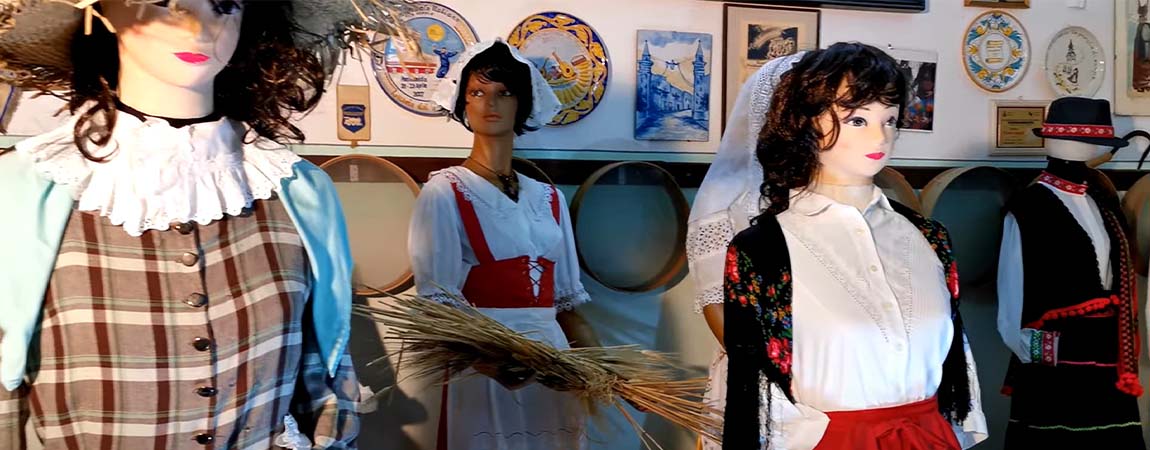
The folklore and customs of Giarre are the faithful mirror of the culture and traditions of eastern Sicily.
Located halfway between Catania and Taormina, and between Etna and the Ionian Sea, the city of Giarre is located in a strategic and panoramic point that allows you to explore the Etna Park, immerse yourself in the past by admiring the Greek remains and to admire its extraordinary beaches.
Giarre, historical notes
The history of the city which today has about twenty-seven thousand inhabitants, has distant origins which it is necessary to mention before diving into an overview of the folklore and customs of Giarre.
Originally, it was certainly a Greek settlement and some historians have even hypothesized that the lost city of Kallipolis. Regardless of whether or not Giarre is the heir to the legendary metropolis, whose memory has been handed down over the millennia, the finds found during numerous archaeological excavations have confirmed the antiquity of its origins.
The town, whose name derives from an Arabic word which means "terracotta container” has an extensive territory that includes several hamlets: San Giovanni Montebello, Carruba, Macchia and Santa Maria della Strada.
The village that gave rise to the present city was founded in the XNUMXth century as part of the Municipality of Mascali. After the violent earthquake in the Val di Noto in 1693, the city experienced a period of prosperity becoming a strategic point of reference between Catania and Messina. Thanks to its important economic and cultural vitality, Giarre obtained autonomy in 1815.
The artistic and architectural heritage of Giarre
Giarre boasts the presence of many valuable buildings, both civil and religious. Of extraordinary beauty is the Duomo in neoclassical style, built in 1794 by the architect Pietro Valente. Inside it is possible to admire numerous paintings by some famous Sicilian painters of the eighteenth and nineteenth centuries like Peter Paul Vasta, a fine tapestry made of red velvet embroidered with gold thread and a huge organ which is the largest in Sicily.
The oldest church, Santa Maria della Strada, built in 1081, is located on the edge of the city; there Jesus the Worker Church, built in 1979 in the Jungo district, houses a precious XNUMXth century crucifix by Fra Umile and a baptismal font, made of limestone, by Tino Barresi; The Oratory Church of San Filippo Neri is one of the most admired example of the Sicilian baroque.
Elegant palaces date back to the eighteenth and nineteenth centuries Liberty style. Among these, they deserve special mention Palazzo Bonaventura and Palazzo Quattrocchi.
U pumpkin
One of the biggest events related to folklore and customs of Giarre is U Zuccu (or pumpkin), a large bonfire lit on the night of Christmas Eve. The term Zuccu, in the Sicilian dialect, indicates a log of wood. The ritual is not only typical of Giarre, but takes place in similar ways in various municipalities in eastern Sicily.
The origins of the rite date back to the ancient pagan rites, and, in particular, to the fires that were allowed to burn on the occasion of the winter solstice to honor the sun god (Sol Invictus).
With the advent of the Christian era, U Zuccu acquired a different meaning: the fire is lit on the night before Christmas to warm up the Child Jesus.
In Giarre, the event takes place in three squares: Piazza Duomo, Piazza De Andrè and Piazza San Camillo. Other fires are made to burn in the vicinity of the church of San Filippo Neri and in various hamlets.
Giarre full of festivities and traditions
In Giarre in the month of May, precisely, on the 15th of the month Giarre celebrates the feast of its patron saint: St. Isidore Agricola. The fercolo on which the statue of the saint is placed is carried in procession along the streets of the city accompanied by the launch of nzareddi (strips of colored paper), festive bells and fireworks.
One of the hamlets of Giarre, Fondo Macchia, is known for the abundant production of cherries of exceptional dimensions, thus the Festival of Cherries and Roses.
If the Fondo di Macchia hamlet is distinguished by the production of cherries, Miscarello, another fraction of Giarre, is known for its wine grapes. Miscarello which due to its location is defined as the "terrace of Giarre“, appears on maps starting from 1700 and its name, according to the most widespread interpretation, should mean “divine refreshment”.
Giarre is famous throughout the world for the production of a potato which, thanks to the particular climatic conditions of the area, stands out for its extraordinary quality.









